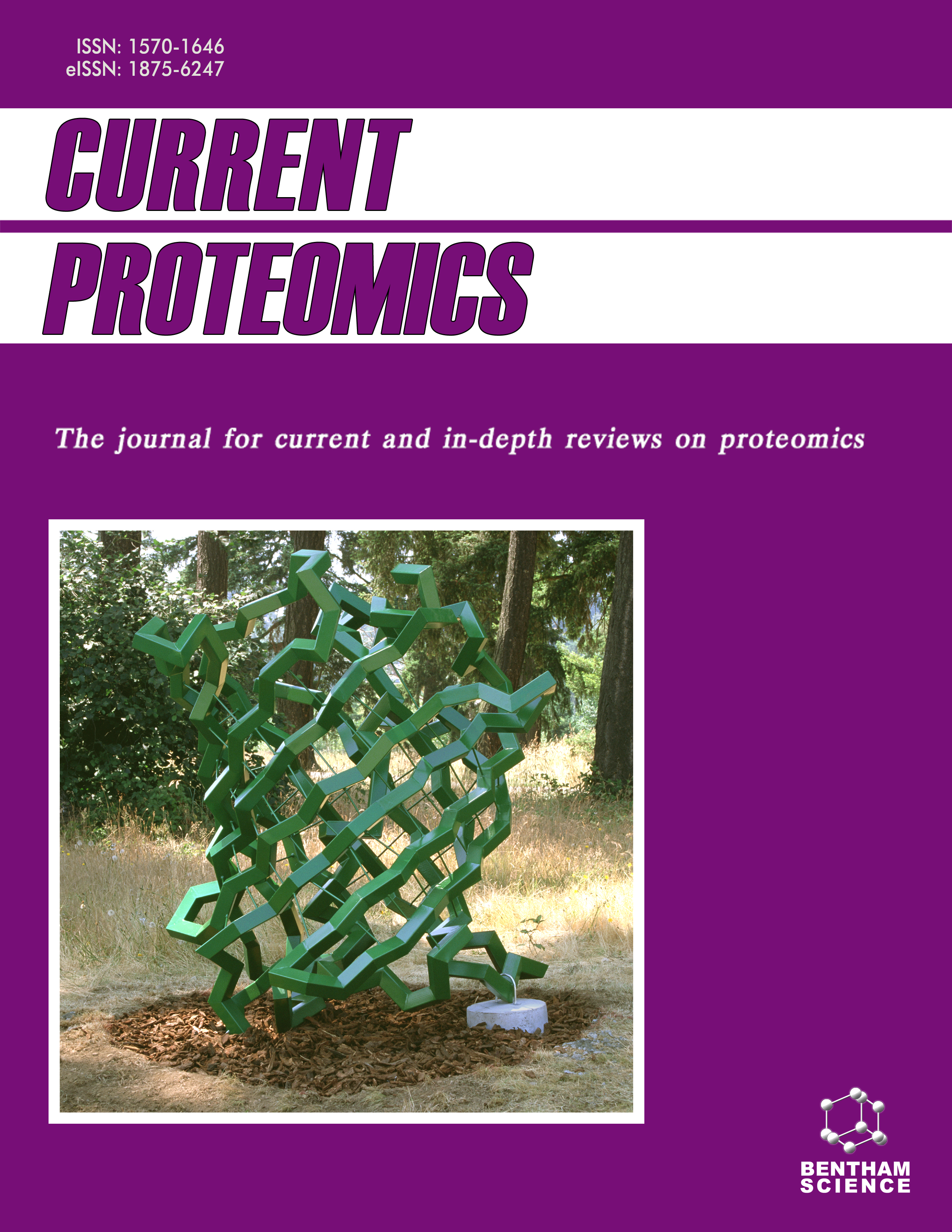
Full text loading...

The identification and classification of natural products are vital in drug discovery and bioactive compound exploration. Traditional methods are laborious and time-consuming, necessitating innovative tools for accurate predictions using advanced AI techniques.
This paper presents NaturePred, a user-friendly tool designed to predict the class of natural products and calculate eight physicochemical properties of protein sequences. It aims to accurately predict five distinct classes of natural product biosynthetic gene clusters (BGCs): Polyketide Synthases (PKS), Non-ribosomal Peptide Synthetases (NRPS), Ribosomally Synthesized and Post-Translationally Modified Peptides (RiPPs), Terpenes, and PKS-NRPS Hybrids. It also addresses reliability in multi-class classification with a 90% confidence score threshold.
NaturePred offers three input options: single protein sequence, CSV file, or GenBank (.gbk) file. It uses a pipeline with a Natural Language Processing model based on TF-IDF (Term Frequency- Inverse Document Frequency) and a Logistic Regression classifier. Predictions are made if the confidence score exceeds 90%; otherwise, “None of the above class” is predicted. Evaluation with unseen data from the MiBIG database shows high accuracy (~96%) in assigning BGCs.
NaturePred provides accurate predictions with high confidence scores, demonstrating reliability across different datasets. It calculates eight physicochemical properties of protein sequences, offering valuable insights for further analysis.
NaturePred's integrated features, including versatile input options, accurate predictions, and physicochemical property calculations, make it an indispensable tool in natural product research. By addressing classification challenges, NaturePred facilitates drug discovery and bioactive compound exploration, advancing the field. Tool available: (http://login1.cabgrid.res.in:5101/).